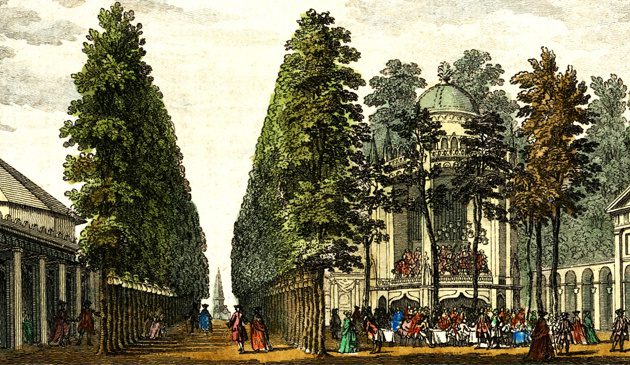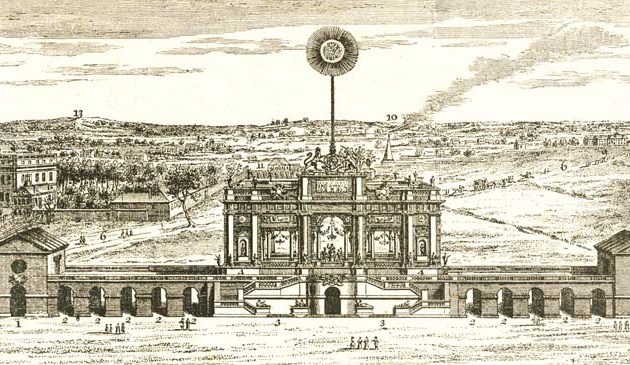Crime and policing in Georgian London

In William Hogarth’s mid-18th century ‘Industry & Idleness’ series of prints a suspected criminal is brought before a Justice of the Peace in the City of London. The accused, behind the bar, begs the magistrate for mercy while his former partner in crime swears on the Bible as he gives evidence against him, and the court official (with the long stick) dismisses the pleas of the weeping mother.
Crime increased in 18th century London as the population grew and the old social orders changed. There was little infrastructure to prevent crime or fight against it. What existed had been created at the time when the metropolis was smaller and the population lower. Multiple, fragmented bodies were responsible in bringing criminals to justice. Many were distrustful of each other and themselves corrupt in many cases.
The population of the metropolis approached one million in the early 18th century, living in a relatively confined area. Old social orders that had existed in London during the Middle Ages when the number of people was much smaller, and there was less migration, had largely broken down. As the population increased, and with a wide gap between wealthy and poor, there was greater criminal activity. Undoubtedly the major reason was poverty, which in itself was caused by a number of factors. The Poor Laws that had initially been introduced in the 16th century were no longer able to cope with the numerous people residing in the capital who were unable to legitimately support themselves.
Those who could not or did not want to lawfully support themselves turned to crime, of which there was little control. Pickpockets and footpads operated throughout the metropolis and highwaymen took advantage of those travelling to and from London. Prostitution was rampant, with many brothels, and numerous prostitutes on the streets, especially at Covent Garden. A number of illegal clubs for homosexuals – ‘mollies’ – also operated in that area.
At times, the poor, casual workers and criminal classes formed large and uncontrollable groups. In the 1690s such unruly gatherings began to be called ‘mobs’ from the Latin mobile vulgaris, meaning excitable and mobile crowd. During the early part of the 18th century the word was increasingly used in newspaper reports of disorder in London as such cases became more frequent. In 1752 Henry Fielding wrote in his newspaper the Covent Garden Journal that the London mob – meaning all members of the lower classes – was so powerful that they controlled who could walk the streets. He worried they would come to control the government.
Law enforcement within the City of London had not changed much since the system of wards was set up in 1285, except that it had moved from being a defence force to a policing role. The most senior post responsible for law enforcement in the City was the City Marshal, a paid officer who served under the Lord Mayor, with a staff of an under-marshal and six other men.
City wards appointed night watchmen to patrol their ward, examining all suspicious characters, arresting any suspected offenders and taking them to the watch-house to be examined by a Justice of the Peace in the morning. It was unpaid work for the appointees, to be undertaken in addition to their normal occupation. Those who could afford to do so paid a deputy to take their place, typically given a shilling per night. Many watchmen were old and decrepit and armed only with a staff and a lamp. It was often dangerous work, with numerous accounts of watchmen being murdered.
Watchmen were overseen by constables who reported to Justices of the Peace. Constables had the power of arrest but in general waited for a report of a crime or an instruction from a JP before acting. There were also beadles, whose responsibilities to a large extent duplicated those of the City marshals, constables and watchmen, arresting anyone who broke the laws. Beadles were generally employed by the City wards but some by individual institutions.
There was no local government that unified the whole of the London metropolis and therefore no coordination of law and order between different areas. Outside of the City, Westminster operated under its own rules, as did the county of Middlesex (in those areas north of the Thames outside of the City and Westminster), and Surrey south of the river.


